Description
| Species | Pholiota adiposa |
| Difficulty ℹ️ | 🍄🍄 |
| Spore Coloration | White |
| Ecology | Saprotrophic |
| Edibility | Choice |
The Chestnut mushroom, or Pholiota adiposa, is in the same family as the Nameko. It is a stunning example of a mushroom with small rounded brown caps, bits of the veil often stick to the cap after it has opened before harvest. The common name chestnut has been mistakenly applied to the baby bella or crimini mushroom, agaricus bisporus because of the shape and color.
Pholiota adiposa is a slimy, scaly, yellow-brown mushroom. It is edible, and found in North America, Europe, and Asia. It grows parasitically or saprotrophically, most often on beech species, fruiting in bunches between August and November. Several compounds produced by this mushroom, for example methyl gallate, are of interest for their medicinal properties.
P. adiposa has been documented in North America, Europe, and Asia,. It can grow parasitically on live stems of trees, or as a saprotroph on dead wood. Substrates can be various beech species, poplar, and willow trees,. Fruitification occurs between August and November, most commonly between September and October. P. adiposa grows above ground, as opposed to fungi which prefer buried wood. It can grow in temperature ranges between 10-30°C, with an optimal temperature of 25°C. Mycelial growth is severely suppressed below 5°C or above 35°C. In growth media. P. adiposa can grow in a pH of 5-11, growing the best at a pH of 6.
Some photos of this product in its wild-foraged form are sourced from iNaturalist or Wikipedia, taken by bjoerns, Weaver Younghands. Licensed by CC-BY-SA.

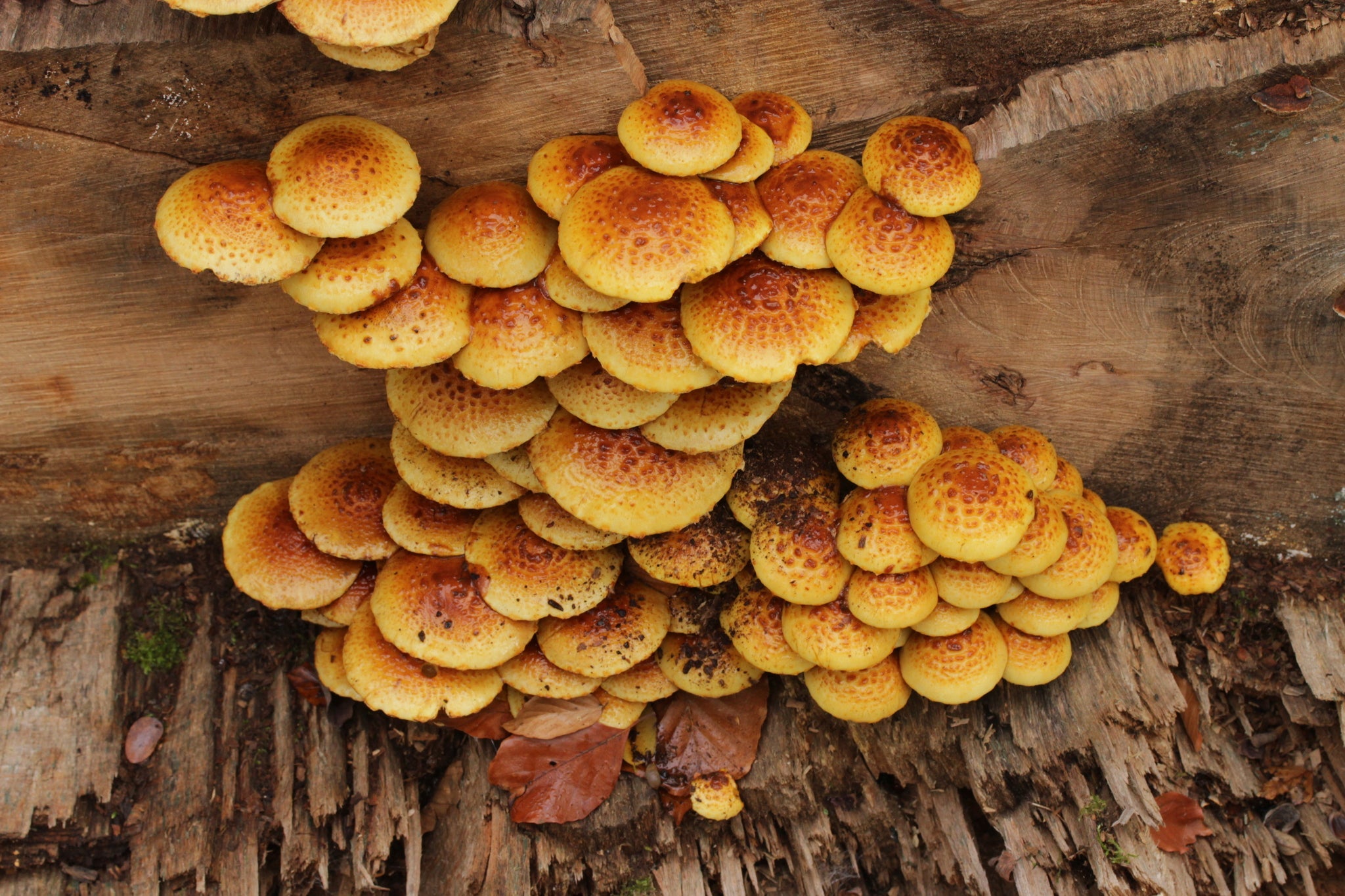
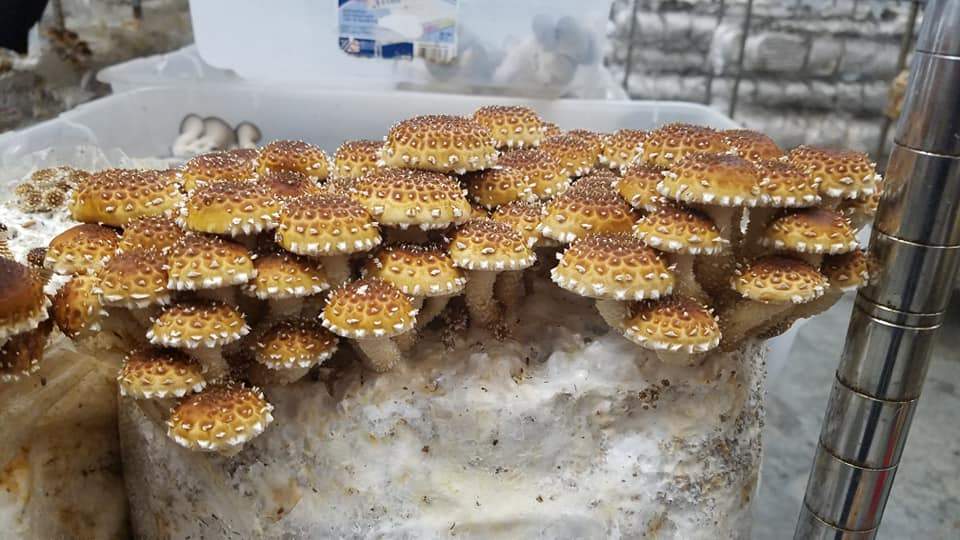
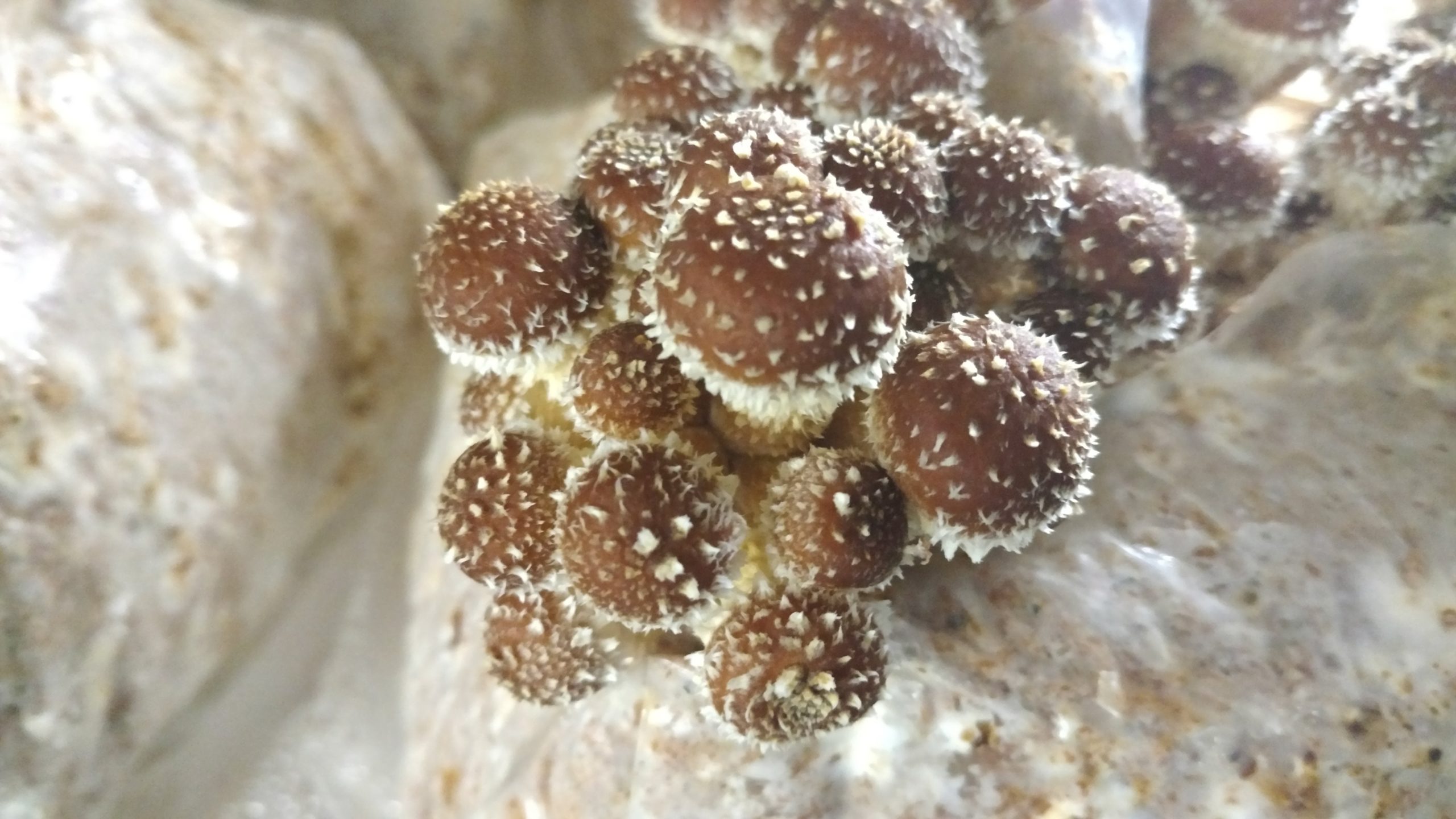
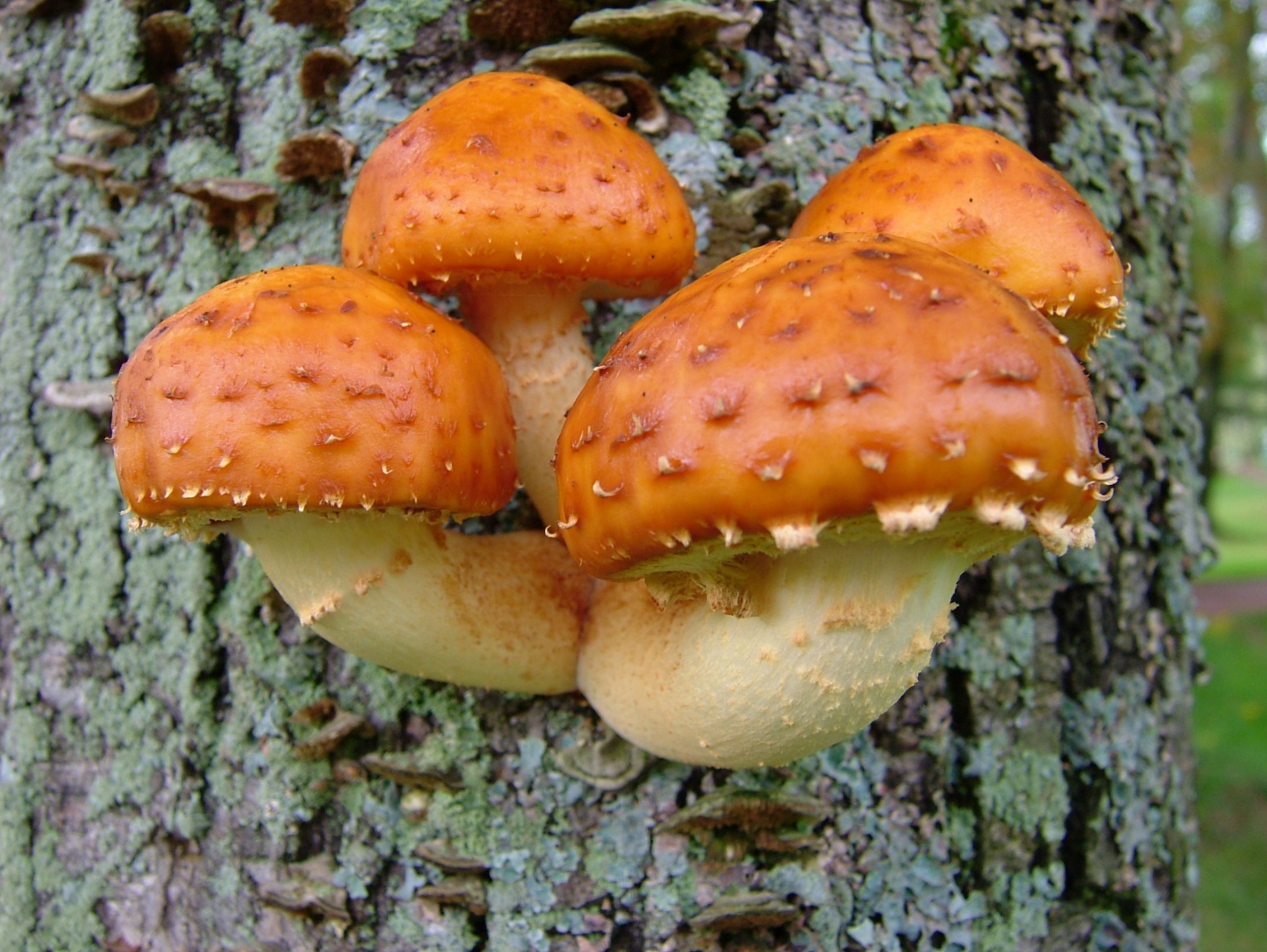
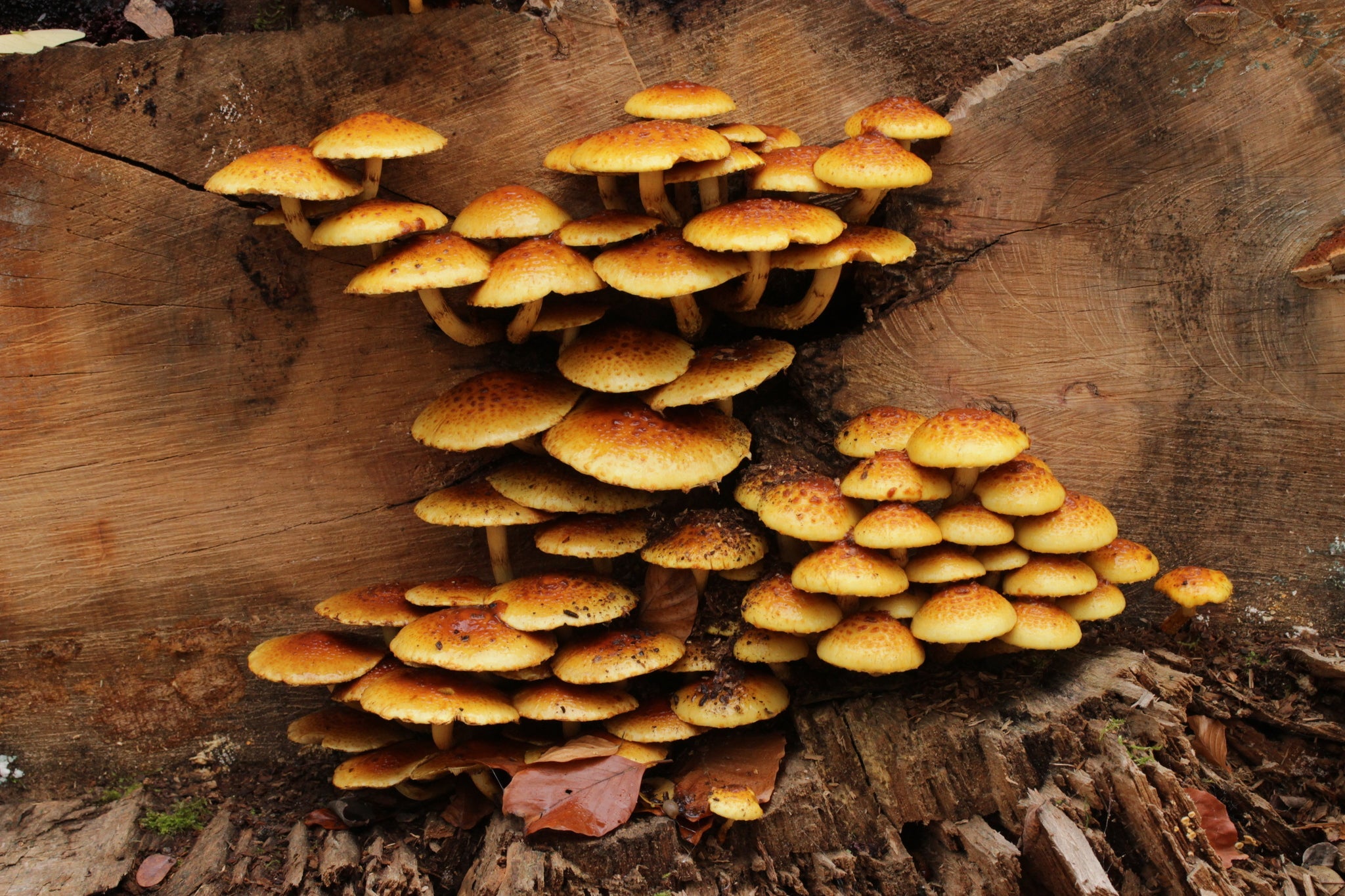
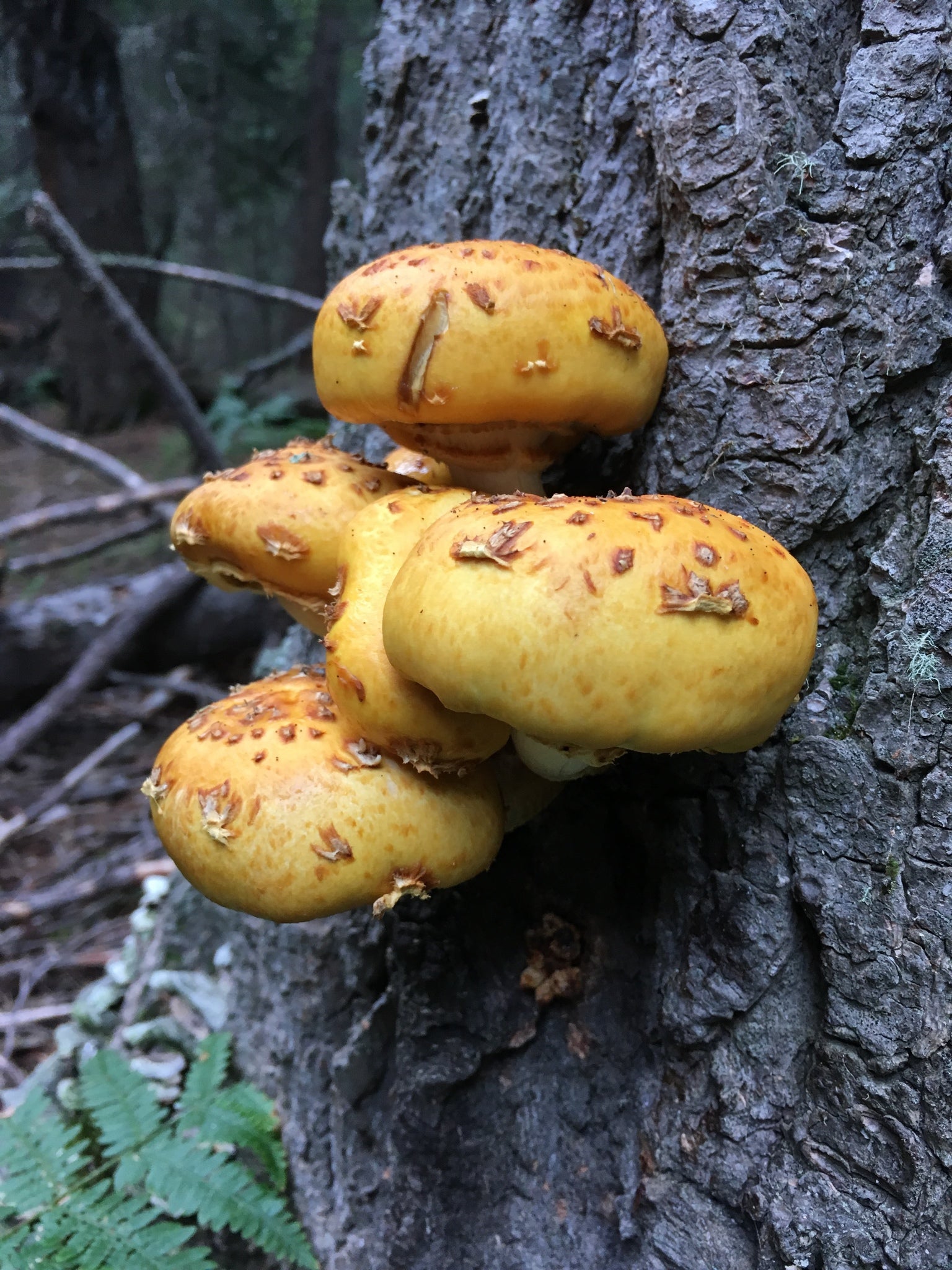
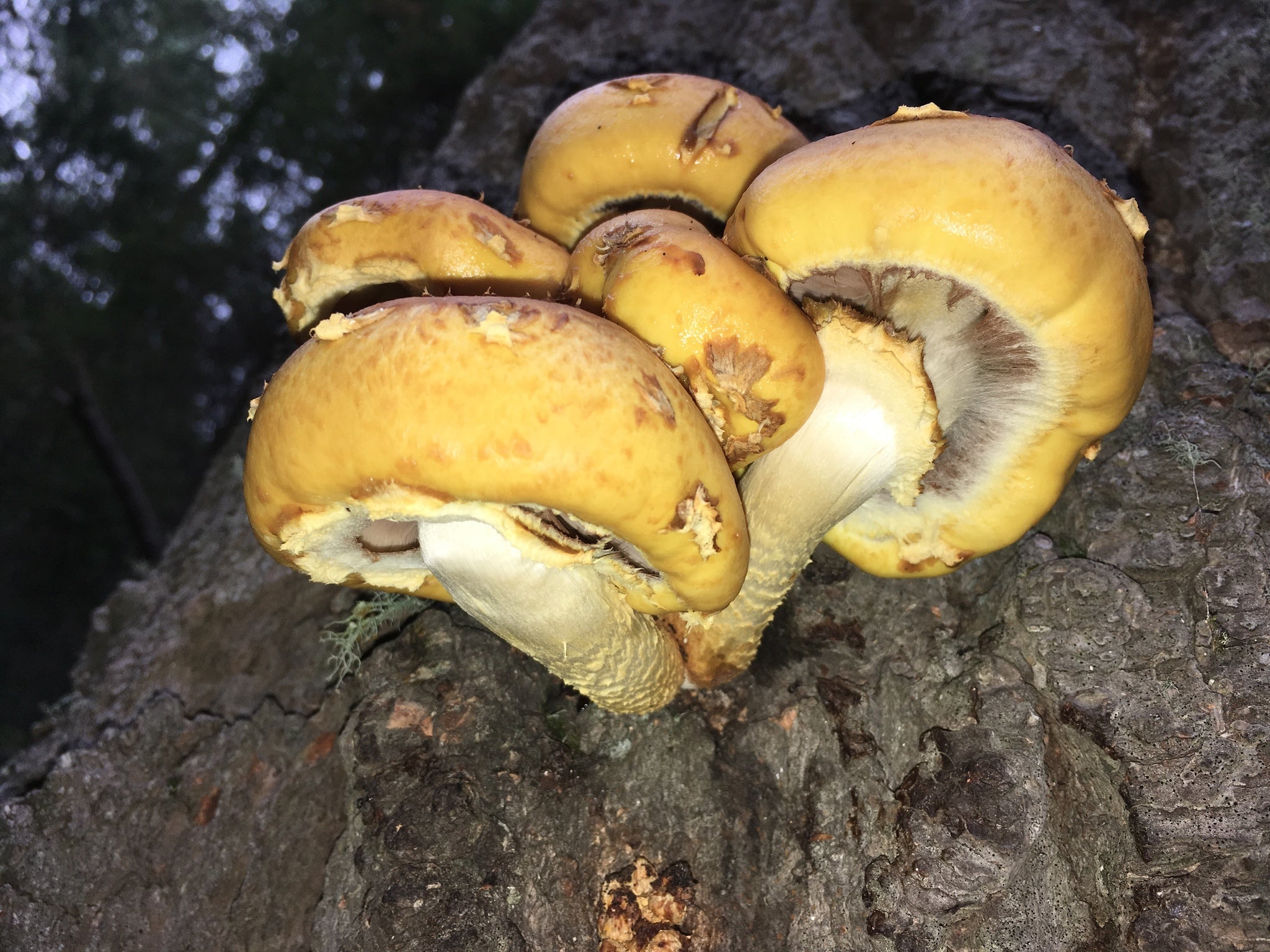


Reviews
There are no reviews yet.